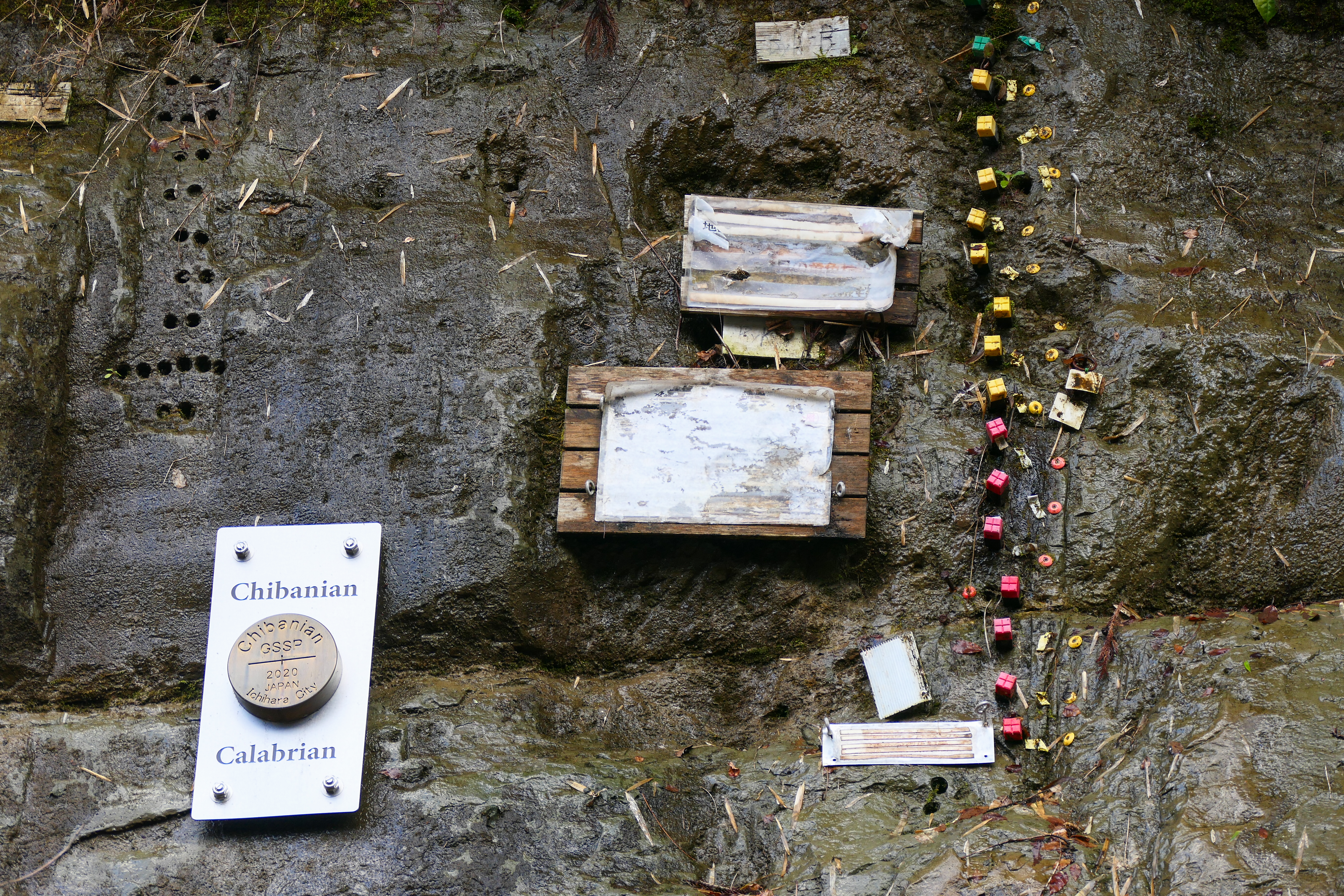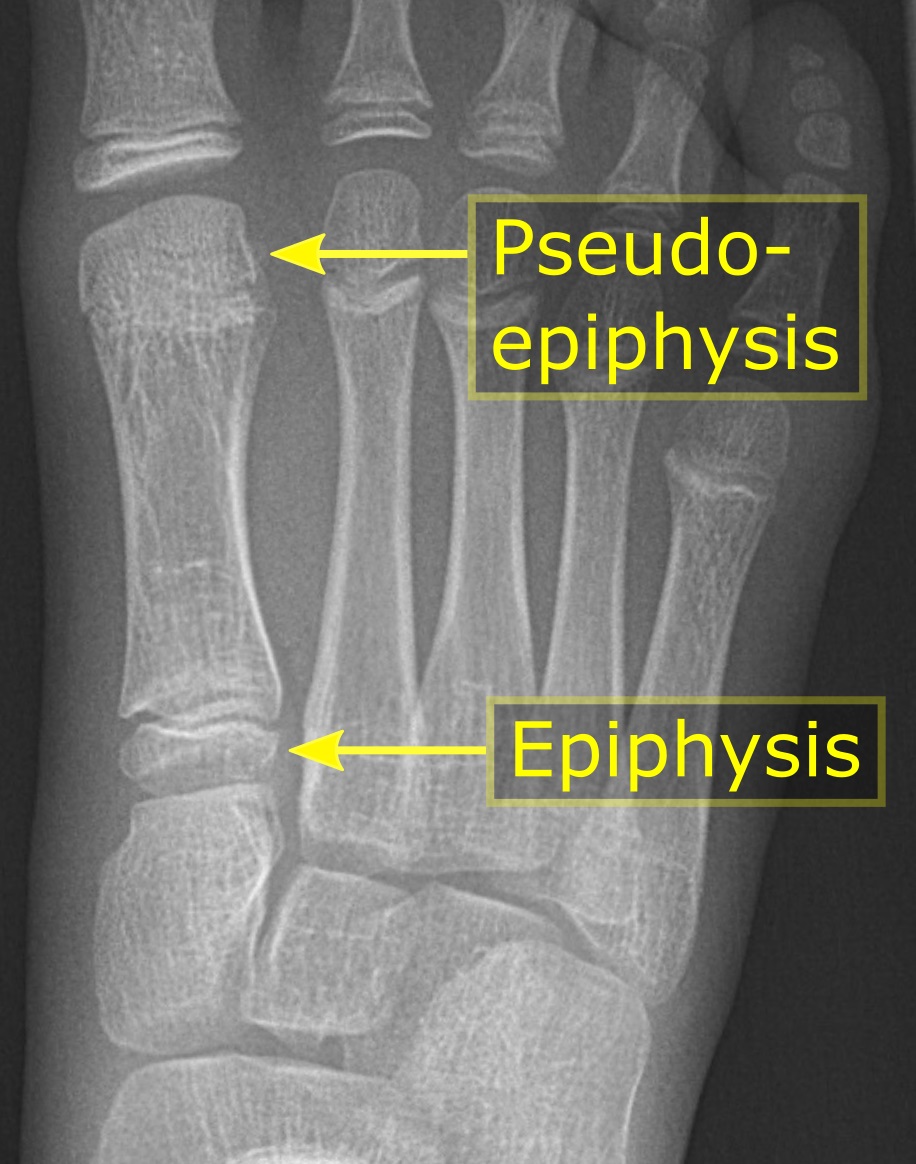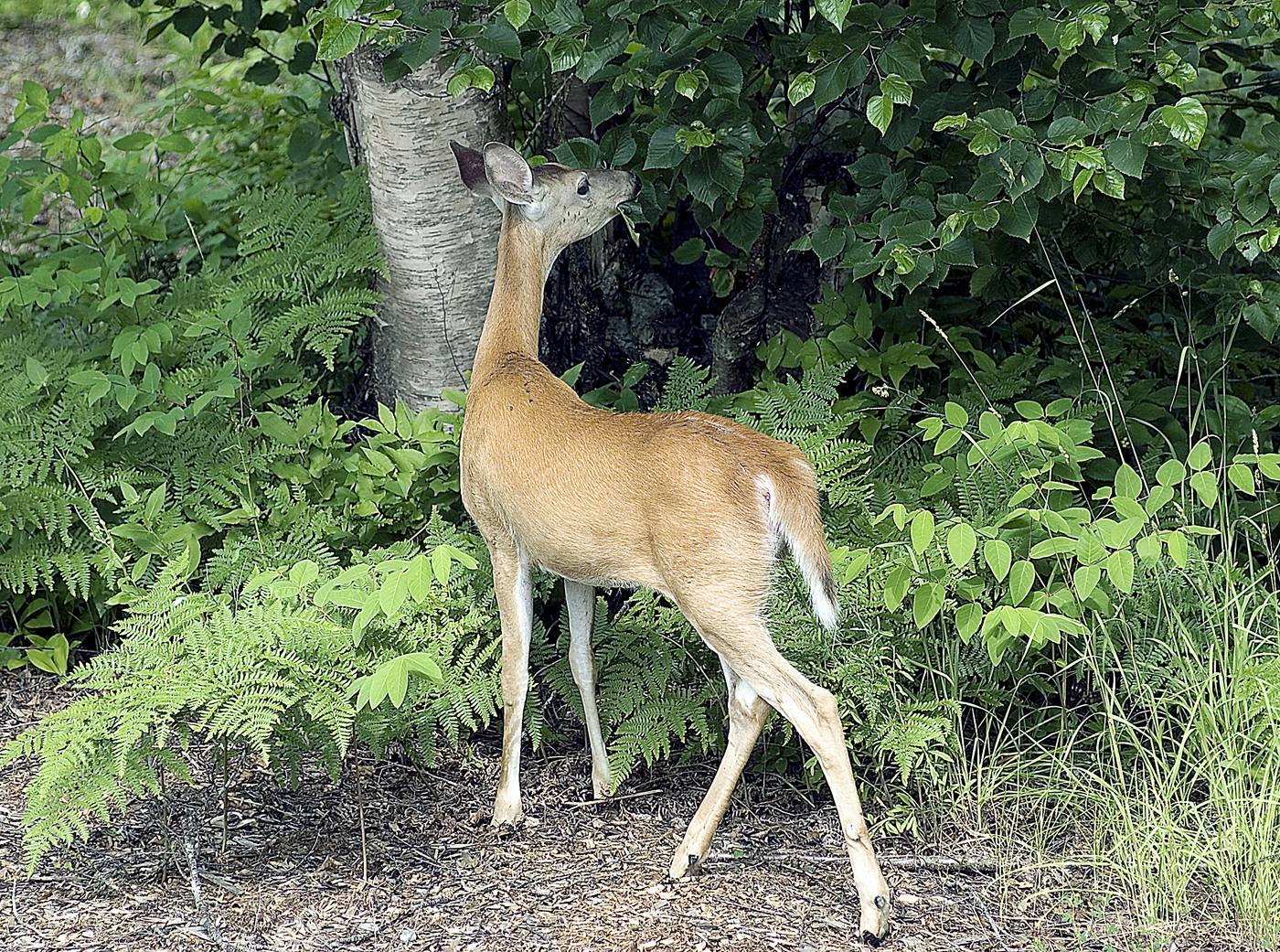|
Equus Suessenbornensis
''Equus suessenbornensis'' is an extinct species of large equine native to Western Eurasia, including Europe, during the Early Pleistocene to early Middle Pleistocene. Taxonomy The species was first described in 1900 based on remains found at the Sussenborn locality in Germany,E. Wüst "Untersuchungen über das Pliozan und das Alteste Pleistozan Thüringens, nordlich vom Thüringer Walde und westlich von der Saale" Abhandlungen der Naturforschenden Gesellschaft zu Halle, 23 (1900), pp. 1–352 dating to the early Middle Pleistocene, around 640–620,000 years ago. Many authors have argued that ''Equus suessenbornensis'' should be considered related to other "stenonine" equines from the Early Pleistocene of Europe, such as ''Equus stenonis,'' though some authors have argued it should be classified in the subgenus ''Sussemionus.'' Recent authors have proposed a particularly close relationship to ''Equus major ,'' a "stenonine" equine known from the first half of the Early Pleistocene ... [...More Info...] [...Related Items...] OR: [Wikipedia] [Google] [Baidu] |
Early Pleistocene
The Early Pleistocene is an unofficial epoch (geology), sub-epoch in the international geologic timescale in chronostratigraphy, representing the earliest division of the Pleistocene Epoch within the ongoing Quaternary Period. It is currently estimated to span the time between 2.580 ± 0.005 annum, Ma (million years ago) and 0.773 ± 0.005 Ma. The term Early Pleistocene applies to both the Gelasian, Gelasian Age and the Calabrian (stage), Calabrian Age. While the Gelasian and the Calabrian have officially been defined by the International Union of Geological Sciences (IUGS) to effectively constitute the Early Pleistocene, the succeeding Chibanian and Tarantian ages have yet to be ratified. These proposed ages are unofficially termed the Middle Pleistocene and Late Pleistocene respectively. The Chibanian provisionally spans time from 773 ka to 126 ka, and the Tarantian from then until the definitive end of the whole Pleistocene, c. 9700 BC in the 10th millennium BC. Notes {{Ge ... [...More Info...] [...Related Items...] OR: [Wikipedia] [Google] [Baidu] |
Middle Pleistocene
The Chibanian, more widely known as the Middle Pleistocene (its previous informal name), is an Age (geology), age in the international geologic timescale or a Stage (stratigraphy), stage in chronostratigraphy, being a division of the Pleistocene Epoch within the ongoing Quaternary Period. The Chibanian name was officially ratified in January 2020. It is currently estimated to span the time between 0.7741 annum, Ma (774,100 years ago) and 0.129 Ma (129,000 years ago), also expressed as 774.1–129 ka. It includes the transition in palaeoanthropology from the Lower Paleolithic, Lower to the Middle Paleolithic over 300 ka. The Chibanian is preceded by the Calabrian (stage), Calabrian and succeeded by the Late Pleistocene. The beginning of the Chibanian is the Brunhes–Matuyama reversal, when the Earth's magnetic field last underwent reversal. Its end roughly coincides with the termination of the Penultimate Glacial Period and the onset of the Last Interglacial period (correspondin ... [...More Info...] [...Related Items...] OR: [Wikipedia] [Google] [Baidu] |
Equus Stenonis
''Equus stenonis'' is an extinct species of equine that lived in Western Eurasia including Europe during the Early Pleistocene. Taxonomy and evolution The species was first named in 1867, with the type specimen being IGF 560, a skull with a now lost (but preserved as a cast) associated mandible collected from Terranuova Bracciolini in Italy. Several subspecies have been named, including ''E. stenonis vireti'', ''E. stenonis guthi'', ''E. stenonis pueblensis'', ''E. stenonis olivolanus'' and ''E. stenonis stenonis,'' which likely represent different ecomorphotypes adapted to varying local conditions. ''Equus stenonis'' and other Early Pleistocene Old World ''Equus'' species are suggested to be closely related and perhaps descended from the North American species ''Equus simplicidens'' (also known as the "Hagerman horse"). The ancestor of ''Equus stenonis'' as well as other Early Pleistocene Old World ''Equus'' species are thought to have arrived from North America across the ... [...More Info...] [...Related Items...] OR: [Wikipedia] [Google] [Baidu] |
Equus Major
''Equus major'' is an extinct species of large equine native to Europe during the Early Pleistocene epoch. Taxonomy The species was first recognised as ''Equus stenonis'' race ''major'' in 1893 by Delafond and Depéret, 1893 based on remains found near Chagny, France. In 1954, ''Equus bressanus'' was proposed as a replacement name, but later authors have judged that the 1893 naming has priority, with the correct name being ''E. major''. It is considered to be a "stenonine" equine with a close relationship to other Early Pleistocene European equines, with a close relationship in particular being suggested with the later ''Equus suessenbornensis''. Description ''Equus major'' was a very large equine, with an estimated body mass ranging from to over in the largest individuals. The limb bones are massive. There are a number of distinctive dental characters. Distribution and chronology ''Equus major'' is known from fossils across Europe, spanning from France, Britain, and the Neth ... [...More Info...] [...Related Items...] OR: [Wikipedia] [Google] [Baidu] |
Metapodial
Metapodials are long bone The long bones are those that are longer than they are wide. They are one of five types of bones: long, short, flat, irregular and sesamoid. Long bones, especially the femur and tibia, are subjected to most of the load during daily activities ...s of the hand ( metacarpals) and feet ( metatarsals) which connect the digits to the lower leg bones. In humans, five are present in each hand and foot. In quadrupeds, these form the lower limb, rather than being part of the extremity, thus what looks to be the elbow of a sheep is actually the wrist. References Bones of the upper limb Bones of the lower limb Bones of the hand {{musculoskeletal-stub ... [...More Info...] [...Related Items...] OR: [Wikipedia] [Google] [Baidu] |
Diaphysis
The diaphysis (: diaphyses) is the main or midsection (shaft) of a long bone. It is made up of cortical bone and usually contains bone marrow and adipose tissue (fat). It is a middle tubular part composed of compact bone which surrounds a central marrow cavity which contains red or yellow marrow. In diaphysis, primary ossification Ossification (also called osteogenesis or bone mineralization) in bone remodeling is the process of laying down new bone material by cells named osteoblasts. It is synonymous with bone tissue formation. There are two processes resulting in t ... occurs. Ewing sarcoma tends to occur at the diaphysis.Physical Medicine and Rehabilitation Board Review, Cuccurullo Additional images Illu long bone.jpg File:EpiMetaDiaphyse.jpg, Long bone See also * Epiphysis * Metaphysis References Long bones {{musculoskeletal-stub ... [...More Info...] [...Related Items...] OR: [Wikipedia] [Google] [Baidu] |
Epiphysis
An epiphysis (; : epiphyses) is one of the rounded ends or tips of a long bone that ossify from one or more secondary centers of ossification. Between the epiphysis and diaphysis (the long midsection of the long bone) lies the metaphysis, including the epiphyseal plate (growth plate). During formation of the secondary ossification center, vascular canals (epiphysial canals) stemming from the perichondrium invade the epiphysis, supplying nutrients to the developing secondary centers of ossification. At the joint, the epiphysis is covered with articular cartilage; below that covering is a zone similar to the epiphyseal plate, known as Wikt:subchondral, subchondral bone. The epiphysis is mostly found in mammals but it is also present in some lizards. However, the secondary center of ossification may have evolved multiple times, having been found in the Jurassic sphenodont ''Sapheosaurus'' as well as in the therapsid ''Niassodon, Niassodon mfumukasi.'' The epiphysis is filled wi ... [...More Info...] [...Related Items...] OR: [Wikipedia] [Google] [Baidu] |
Caucasus
The Caucasus () or Caucasia (), is a region spanning Eastern Europe and Western Asia. It is situated between the Black Sea and the Caspian Sea, comprising parts of Southern Russia, Georgia, Armenia, and Azerbaijan. The Caucasus Mountains, including the Greater Caucasus range, have conventionally been considered as a natural barrier between Europe and Asia, bisecting the Eurasian landmass. Mount Elbrus, Europe's highest mountain, is situated in the Western Caucasus area of Russia. On the southern side, the Lesser Caucasus includes the Javakheti Plateau and the Armenian highlands. The Caucasus is divided into the North Caucasus and South Caucasus, although the Western Caucasus also exists as a distinct geographic space within the North Caucasus. The Greater Caucasus mountain range in the north is mostly shared by Russia and Georgia as well as the northernmost parts of Azerbaijan. The Lesser Caucasus mountain range in the south is mostly located on the territory of sout ... [...More Info...] [...Related Items...] OR: [Wikipedia] [Google] [Baidu] |
Equus Mosbachensis
The wild horse (''Equus ferus'') is a species of the genus ''Equus'', which includes as subspecies the modern domesticated horse (''Equus ferus caballus'') as well as the endangered Przewalski's horse (''Equus ferus przewalskii'', sometimes treated as a separate species i.e. ''Equus przewalskii''). The European wild horse, also known as the tarpan, that went extinct in the late 19th or early 20th century has previously been treated as the nominate subspecies of wild horse, ''Equus ferus ferus'', but more recent studies have cast doubt on whether tarpans were truly wild or if they actually were feral horses or hybrids.Tadeusz Jezierski, Zbigniew Jaworski: ''Das Polnische Konik. Die Neue Brehm-Bücherei Bd. 658'', Westarp Wissenschaften, Hohenwarsleben 2008, Other subspecies of ''Equus ferus'' may have existed and could have been the stock from which domesticated horses are descended. Przewalski's horse had reached the brink of extinction, but was reintroduced successfully into ... [...More Info...] [...Related Items...] OR: [Wikipedia] [Google] [Baidu] |
Browsing (herbivory)
Browsing is a type of herbivory in which a herbivore (or, more narrowly defined, a folivore) feeds on leaves, soft Shoot (botany), shoots, or fruits of high-growing, generally woody plants such as shrubs. This is contrasted with Grazing (behaviour), grazing, usually associated with animals feeding on grass or other lower vegetations. Alternatively, grazers are animals eating mainly grass, and browsers are animals eating mainly non-grasses, which include both woody and herbaceous Dicotyledon, dicots. In either case, an example of this dichotomy are goats (which are primarily browsers) and Domestic sheep, sheep (which are primarily grazers). Browse The plant material eaten is known as ''browse'' and is in nature taken directly from the plant, though owners of livestock such as goats and deer may cut twigs or branches for feeding to their stock. In temperate regions, owners take browse before leaf fall, then dry and store it as a winter feed supplement. In time of drought, herdsme ... [...More Info...] [...Related Items...] OR: [Wikipedia] [Google] [Baidu] |
Grazing (behaviour)
Grazing is a method of eating, feeding in which a herbivore feeds on low-growing plants such as grasses or other multicellular organisms, such as algae. Many species of animals can be said to be grazers, from large animals such as Hippopotamus, hippopotamuses to small aquatic Snail, snails. Grazing Ethology, behaviour is a type of List of feeding behaviours, feeding strategy within the ecology of a species. Specific grazing strategies include Graminivore, graminivory (eating grasses); coprophagy (producing part-digested pellets which are reingested); pseudoruminant (having a multi-chambered stomach but not chewing the cud); and grazing on plants other than grass, such as on marine algae. Grazing's ecological effects can include redistributing nutrients, keeping grasslands open or favouring a particular species over another. Ecology Many small selective herbivores follow larger grazers which skim off the highest, tough growth of grasses, exposing tender shoots. For terrestrial a ... [...More Info...] [...Related Items...] OR: [Wikipedia] [Google] [Baidu] |
Equus Altidens
''Equus altidens'' is an extinct species of equine native to western Eurasia including Europe during the Early Pleistocene to early Middle Pleistocene. Taxonomy ''Equus altidens'' was first described in 1915 from remains at the early Middle Pleistocene Sussenborn locality in Germany. Most recent authors consider the species ''Equus marxi'' also known from Sussenborn to be a junior synonym of ''E. altidens''. The majority of authors have suggested the species is related to other "stenonine" equines known from Early Pleistocene of Europe such as ''Equus stenonis,'' which are thought to be more closely related to living zebras and asses than to true horses. Some authors have suggested a closer relationship to asses than to zebras for ''E. altidens''. Some authors have placed the species in the subgenus ''Sussemionus,'' or place it with other "stenonines" in the separate genus ''Allohippus.'' " Orce Man", a supposed archaic human fossil from the Early Pleistocene of Spain, was later d ... [...More Info...] [...Related Items...] OR: [Wikipedia] [Google] [Baidu] |




